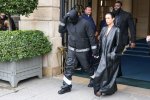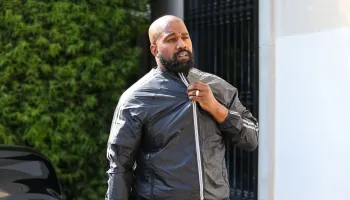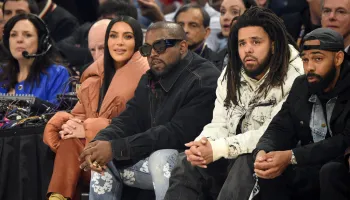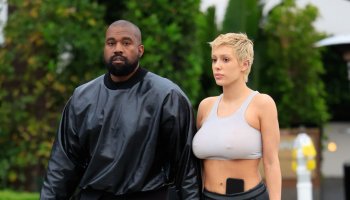The second case that has pretty much made it OK for the police to act excessively is Graham vs. Connor.
Here, Dethorne Graham, a diabetic, was seen walking into a store to get some orange juice to prevent an impending diabetic crisis. When he saw that the line was too long, he turned around and got in a friend’s car to rush off to another store. A Officer Conner saw him and suspected that he stole something, followed the car, pulled them over and held them while he figured out if Graham stole something or not. All the while, Graham is suffering from a crisis. Officer Conner totally disregarded and went so far as to call him a “drunk” this and proceeded to handcuff and manhandle Graham. Graham suffered a broken foot and other bruises. He pressed charges, and of course they were dismissed.
The Supreme Court ruled:
The “reasonableness” of a particular use of force must be judged from the perspective of a reasonable officer on the scene, rather than with the 20/20 vision of hindsight.
They used the Fourth Amendment to support the decision, using the “objective reasonableness” rule.
These kinds of rulings give police officers leeway to make split-second decisions in probable life-or-death situations. But, as a result they also get leeway to use excessive force if they think it is necessary. Nevermind if they are right or wrong.
Justice is indeed blind.















